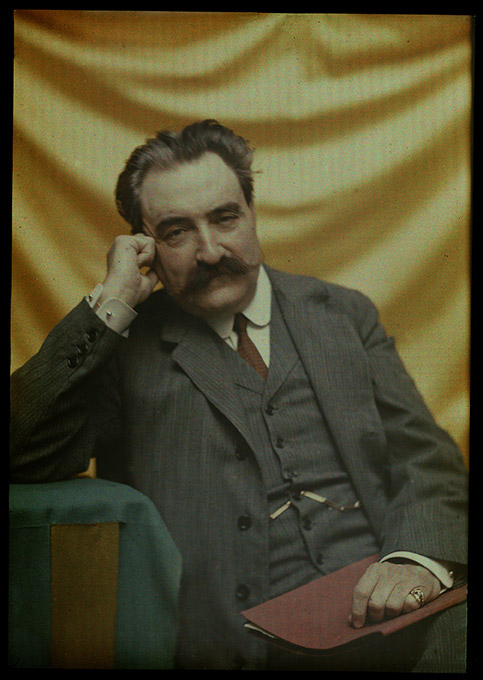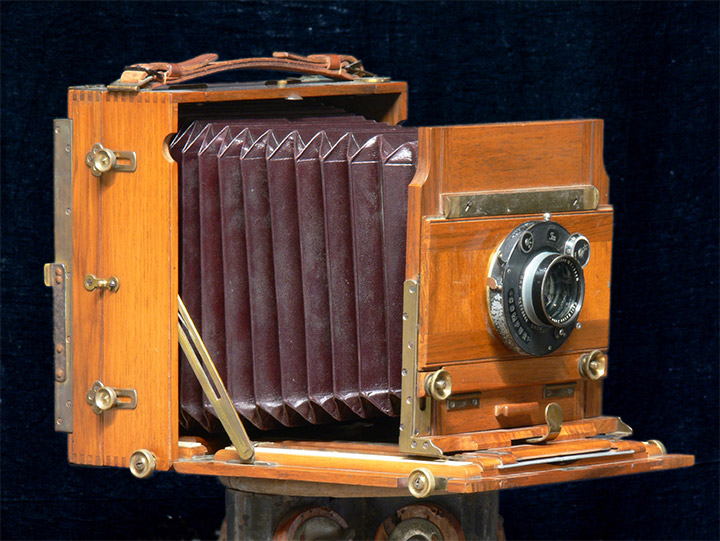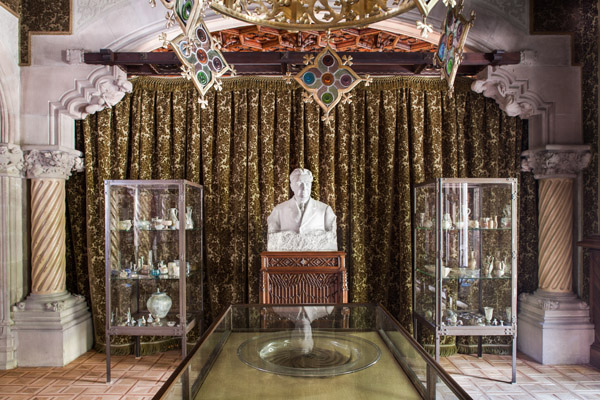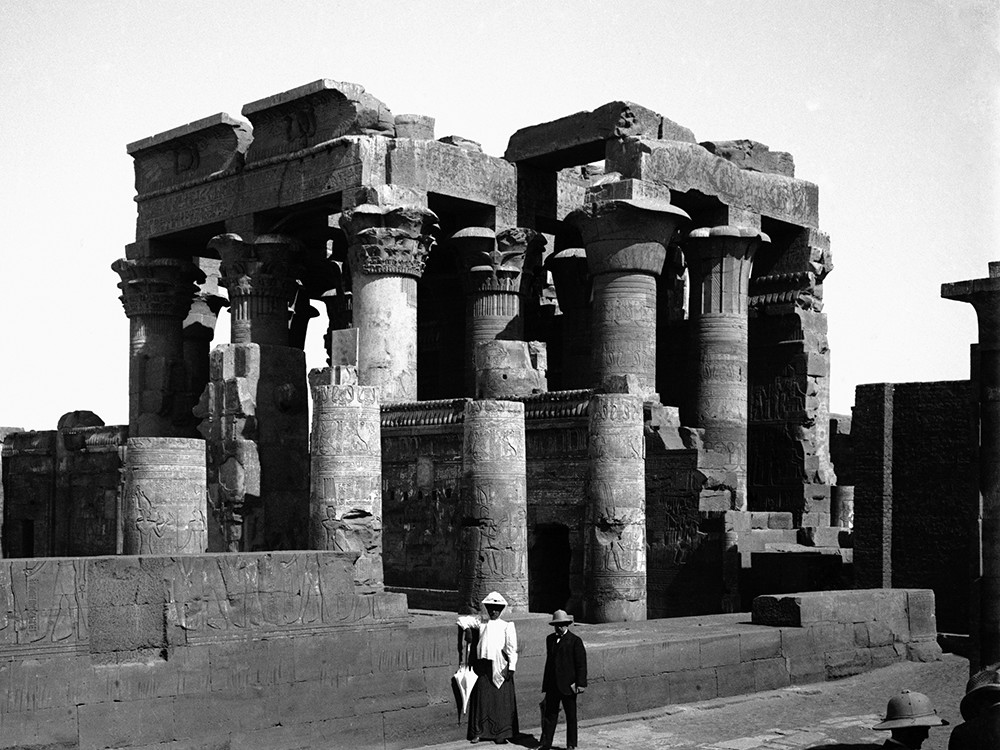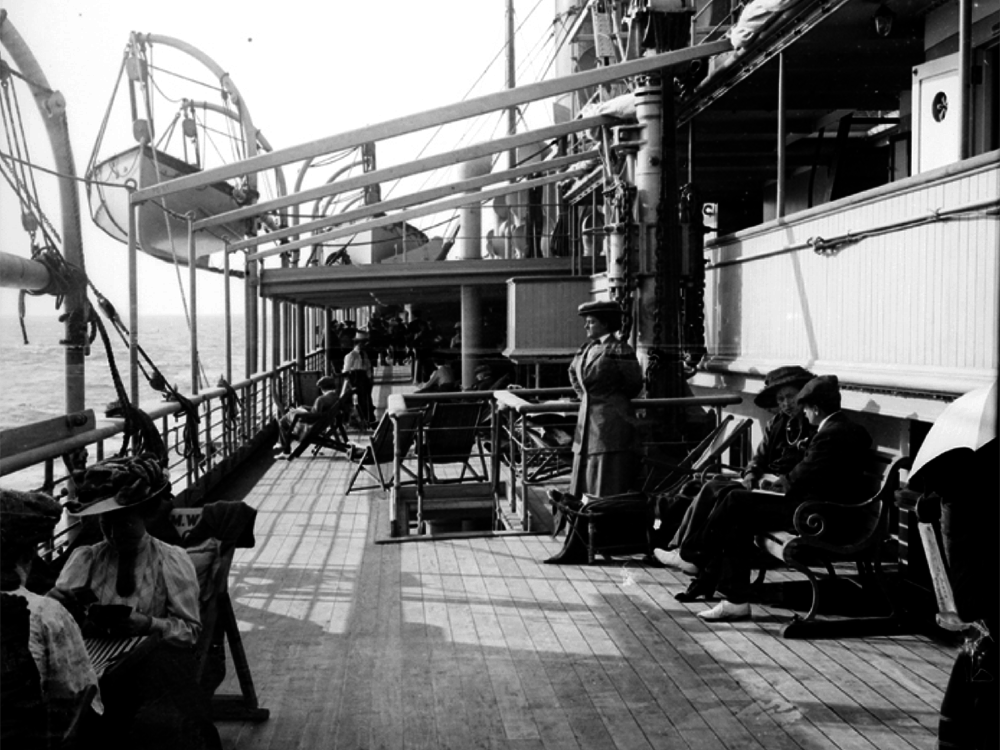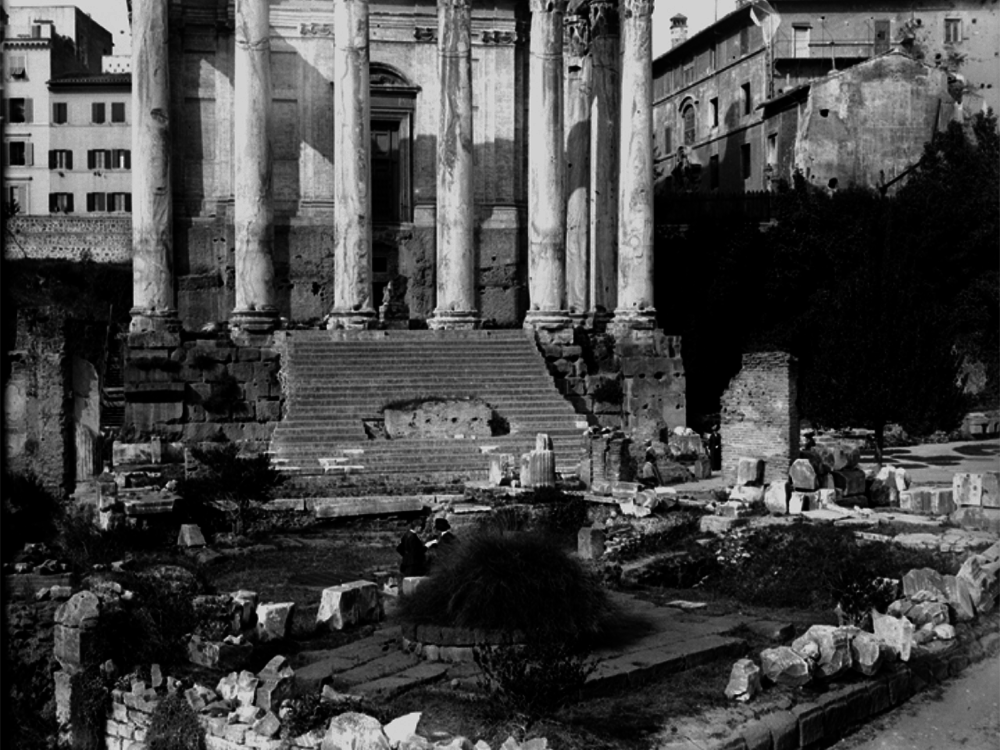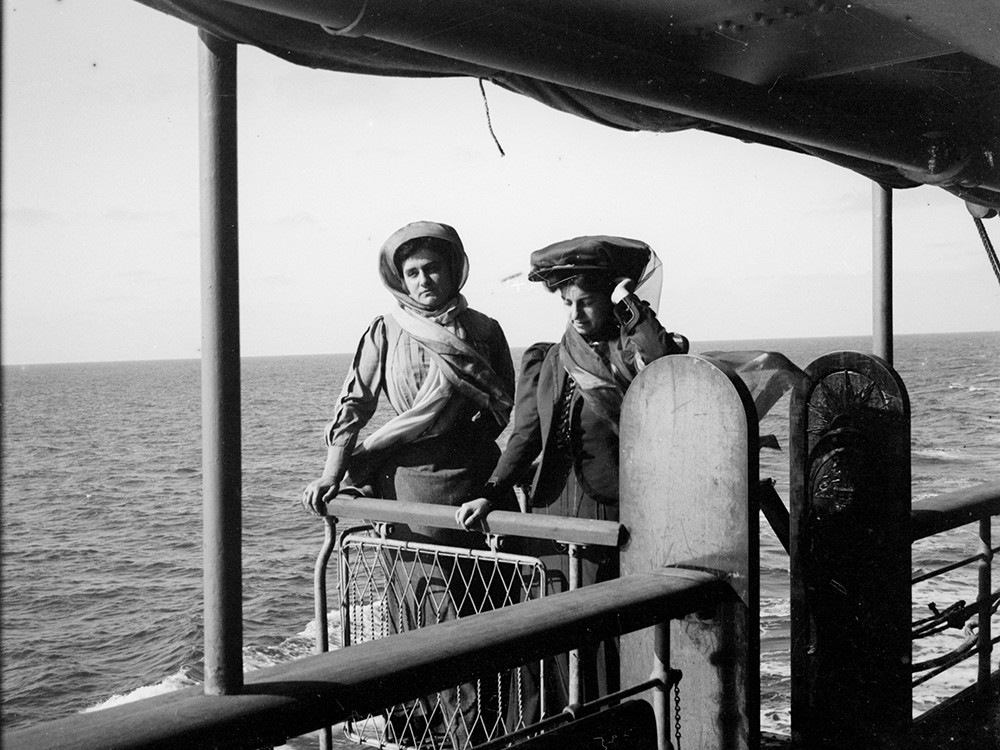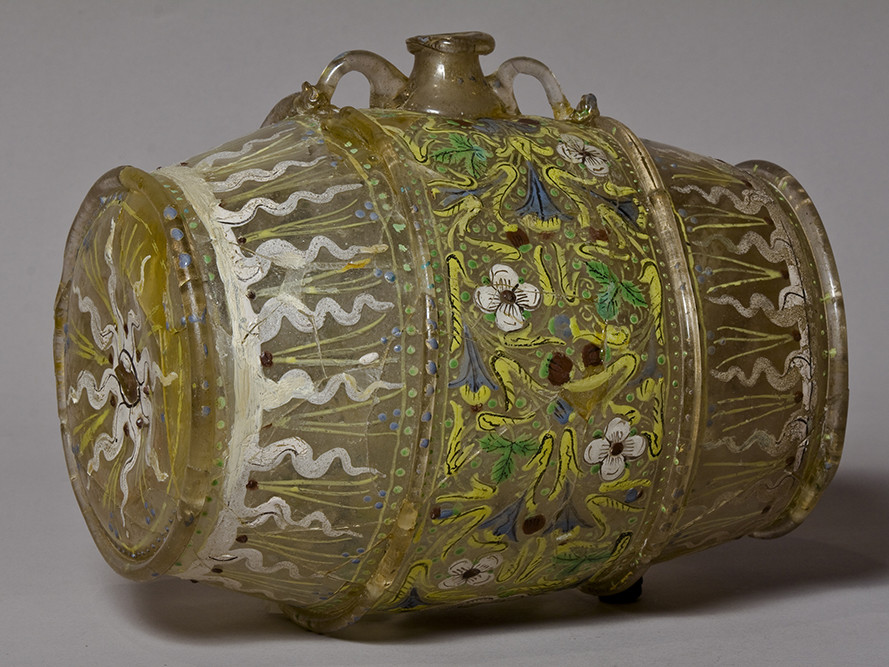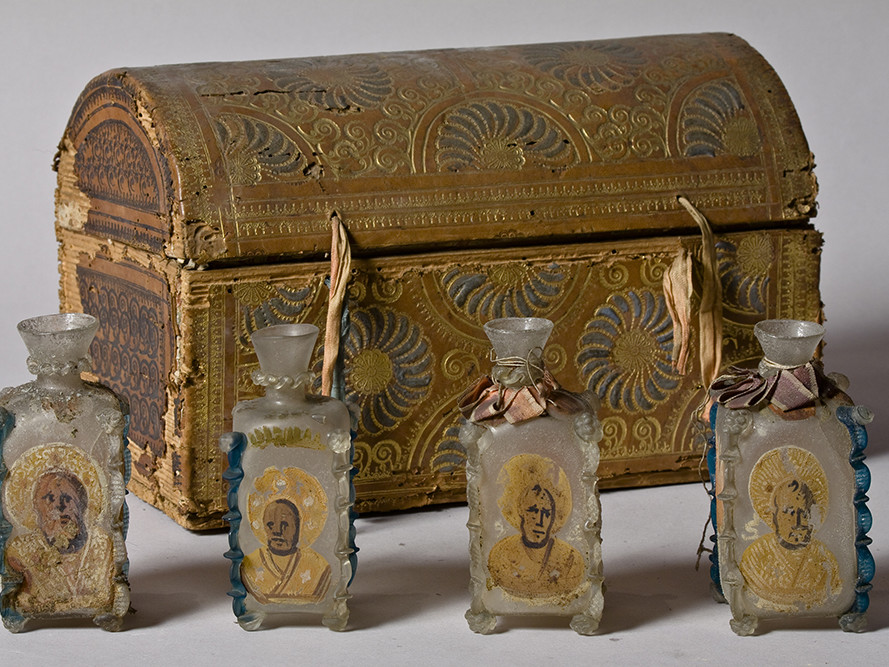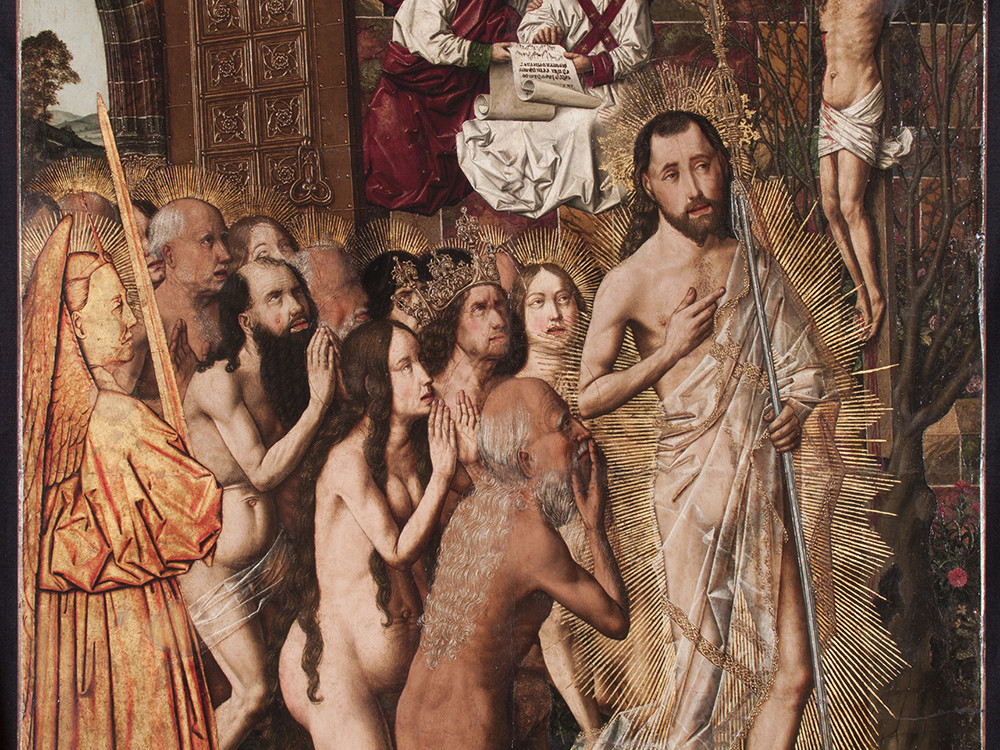Find out all about Casa Amatller
Antoni Amatller
Antoni Amatller Costa (1851-1910) was born into a family with a Chocolate tradition. Determined to continue the family business, at the age of 19 he was sent to France and Germany to study the best factories in Europe first hand. Thanks to these trips abroad he not only managed to become one of the most important chocolate manufacturers in Spain, but also cultivated a cosmopolitan and artistic spirit that would mark his personality as a businessman, traveller, photographer and collector.
Antoni Amatller lived within the dictates of the cultural movement of the Renaixença, which was committed to the recovery of the Catalan language and culture. The revitalisation of this Catalan nationalism was part of the desire to modernise and improve society with new inventions and discoveries. In fact, the architecture of Catalan modernism, which added new construction methods with the review of Catalan historical styles, will be yet another manifestation of this great cultural and artistic movement. Antoni Amatller wanted to participate in this modernity in the construction of his own house, which is why he contacted the modernist architect Josep Puig i Cadafalch – a man of his generation with whom he shared cultural and political concerns – to take charge of building the Casa Amatller.
The industrial chocolatier knew how to complement his business life with various hobbies related to his cosmopolitanism cultivated from his travels in Europe during his youth. Antoni Amatller was part of the Centre Excursionista de Catalunya, so it was common for him to go out and see the landscapes and monuments of the community. But he also used to cross Spanish borders, visiting other countries, often in the company of his daughter. He was one of the few Europeans who dared to set foot in such exotic lands as Morocco, Egypt or Turkey.
It is worth pausing on these two hobbies of Antoni Amatller as they would mark much of the history of the Casa Amatller.
In the last third of 19th century, photography was limited to professionals of the medium or to people who were interested in this new technique and who had the financial means to pay for it. Antoni Amatller belonged to the second group, although the close relationship he maintained with photography professionals in the city of Barcelona should be stressed. He was a close friend of Pau Audouard, who was the official photographer of the 1888 Barcelona Exhibition and whose studio was on the ground floor of the neighbouring Casa Lleó i Morera.
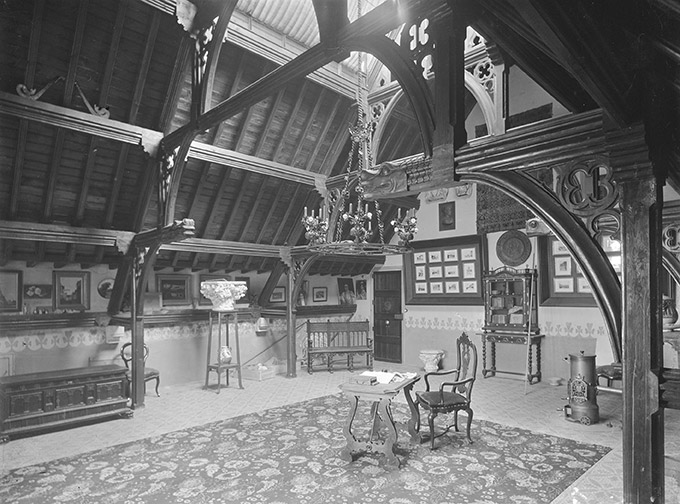
Pau Audouard and Antoni Amatller founded the Spanish Photographic Society. Antoni Amatller participated in national and international competitions of the time, as certified by the medals of the Society of Amateur Photographers of New York (1894) or the Association Belge de Photographie.
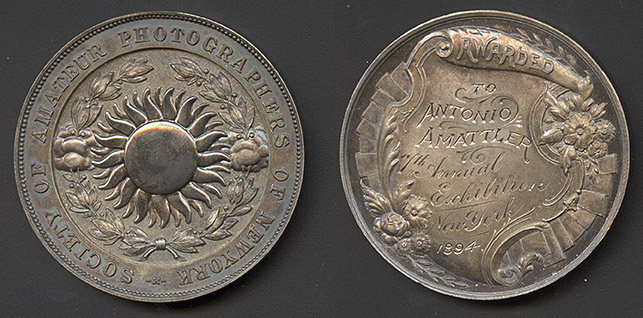
Antoni Amatller understood the technical and expressive possibilities of photography to captivate moments and memories, which allowed him to make photographic reports outside of his photographic studio located on the top floor of the Casa Amatller. Thanks to this and to his great curiosity to portray these moments, today photographic copies of subjects as varied as hiking, self-portraits, family snapshots or artistic photography are preserved in thephotographic library of the Fundació Institut Amatller d’Art Hispànic.
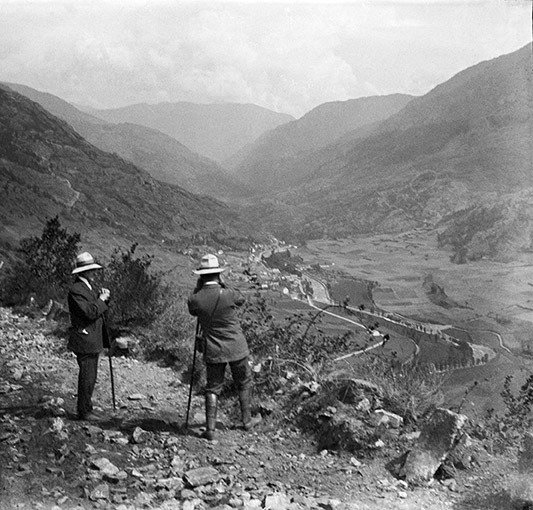
Throughout his travels in Europe, Morocco and Istanbul, Antoni Amatller was accompanied by his cameras, thus becoming a pioneer in travel photography. It also highlights the use he gave to the photographs as a documentary element, thus using them to illustrate various conferences of his and his daughter Teresa Amatller.
Antoni Amatller showed an exceptional aesthetic taste and a proven love for historical and artistic heritage, an element that is reflected in the construction of the Casa Amatller. The industrial chocolate maker used part of his fortune to create an excellent artistic collection. In order to do this, he got in touch with experts in the field of art, such as the director of the Episcopal Museum of Vic Josep Gudiol i Cunill; and took advantage of his business activity to make contacts throughout Spain and Europe making the most of these opportunities to purchase works of art.
During his lifetime, Antoni Amatller managed to assemble an important collection specialising in archaeological glass, with more than 400 pieces covering a large part of the antiquity of the Mediterranean world: Egypt, Ancient East, Roman provinces of Hispania, Gaul, Germania or Italy.
After Antoni Amatller’s death, Teresa Amatller preserved all these objects and increased them with new acquisitions, which can still be seen in our visit to the Casa Museu Amatller.
In addition to the archaeological glass, Antoni Amatller was able to assemble numerous works of art from the Middle Ages to his contemporaneity. Paintings by his contemporary Ramón Casas still hang on the walls of his house, a Romanesque altarpiece by Angostrina, two still lifes from Castilian Baroque, portraits of Teresa Amatller and Antoni Amatller… Some of the paintings, which are as fragile as they are extraordinary, such as the Ascension of Christ in Bermejo (1470-85) or the altarpiece of Saint Nicholas by Joan Reixach (15th century) are in storage. Sculptures, historical furniture, art deco jewellery and artistic photographs are also part of Antoni Amatller’s art collection.
Learn more about the collections of the Casa Museu Amatller.
